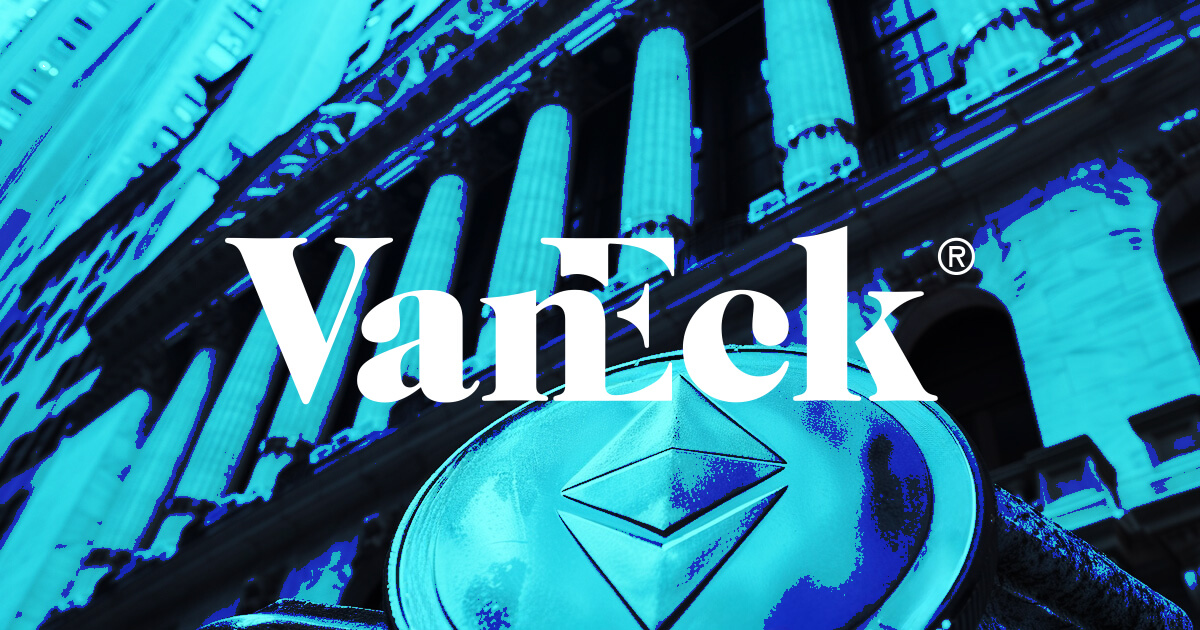VanEck recently disclosed it would waive fees for its spot Ethereum ETF, adopting a similar strategy to its Bitcoin counterpart launched earlier this year.
The firm’s head of digital assets research, Matthew Sigel, told ETF.com that the waiver is part of VanEck’s plan to become the “go-to provider for crypto ETFs.”
He said:
“We aim to be a leader on crypto ETF fees even if it means we lose money at the outset.”
Sigel added that VanEck is confident its approach will “resonate” with investors across the spectrum and help drive more interest in Ethereum and the role it can play in their portfolios. He added that the lack of fees is also expected to lower the barrier of entry for new investors.
Sigel told CryptoSlate that the firm has “generated significant conviction in Ethereum” as an asset and will also benefit financially from potential price gains as on-chain activity continues to grow — helping to potentially recoup some of the “losses” incurred from the waived fees.
The news comes alongside VanEck’s submission of an 8-A securities registration form to the SEC on June 25. Bloomberg ETF analyst Eric Balchunas described the filing as routine but called the update a “good sign” for his over/under launch date prediction of July 2.
ETH ETF fees largely pending
VanEck disclosed its plans for a fee waiver in an S-1 amendment on June 22. It plans to waive the first $1.5 billion in assets until an unstated date in 2025 before imposing a 0.20% sponsor fee.
Franklin Templeton is the only other spot ETH ETF issuer that has disclosed a fee and waiver. It disclosed a 0.19% sponsor fee and a $10 billion waiver for six months.
Both fees are comparable to the lowest spot Bitcoin ETF fees. Fees for spot BTC ETFs largely span from 0.19% to 0.39%, apart from Grayscale’s GBTC, which has a 1.5% fee.
In January, spot Bitcoin ETF issuers competed heavily on fees and waivers. While spot ETH ETF issuers have yet to compete to the same extent, Eric Balchunas believes BlackRock’s eventual ETH ETF fee will influence other funds’ decisions, calling it the “sun that the rest will need to orbit around.”



